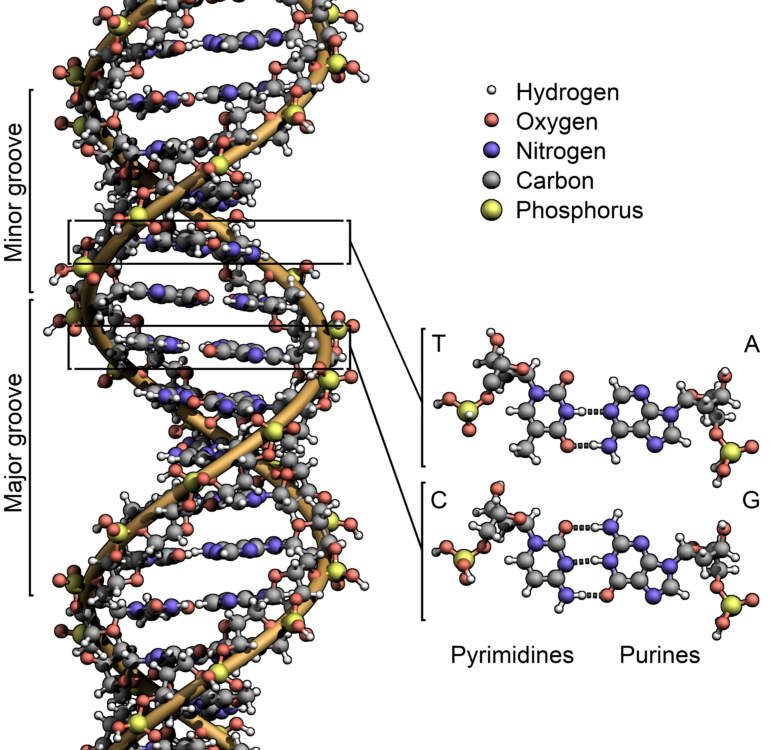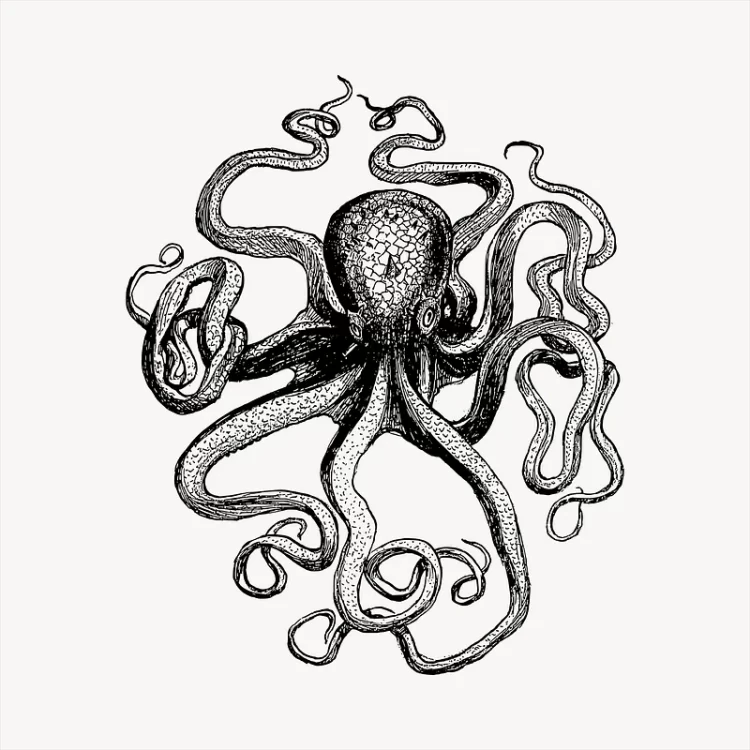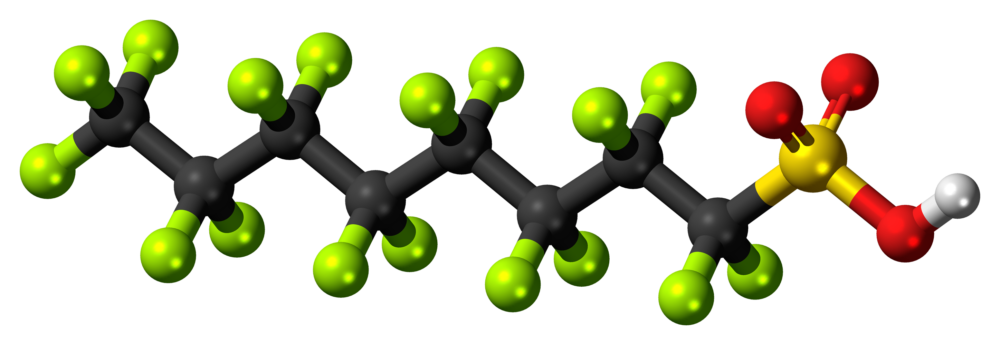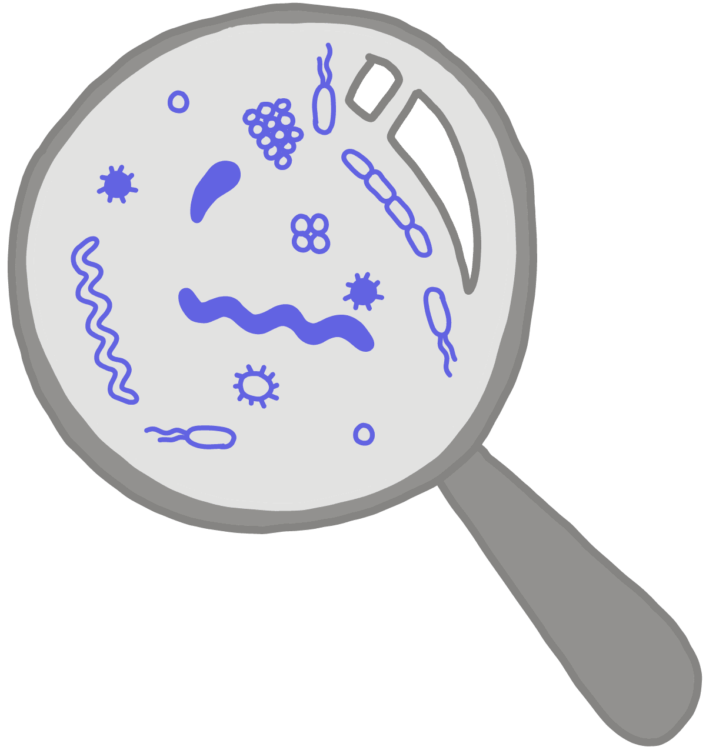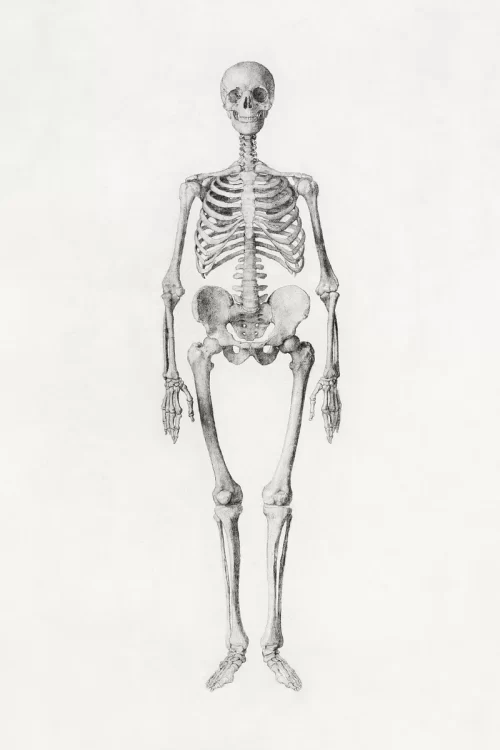Strength from unlikely places: How glass and DNA form a material stronger than steel
DNA: the fundamental building block of all life. Nearly every student learns about the master of genetic information as early as elementary school. DNA is the carrier of this important code within all living organisms. However, it isn’t just what DNA encodes for that is important, but also its very design. The structure of DNA […]
Strength from unlikely places: How glass and DNA form a material stronger than steel Read More »
